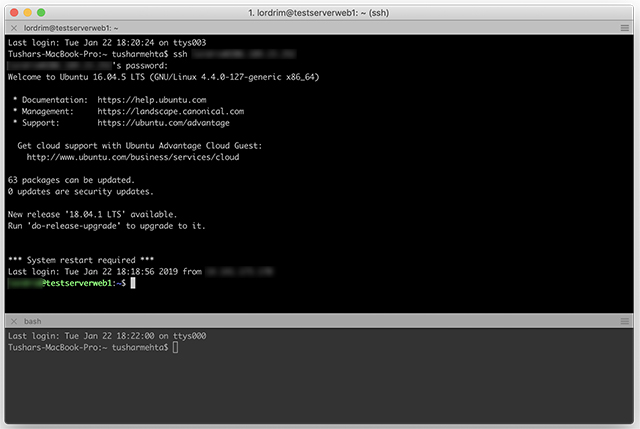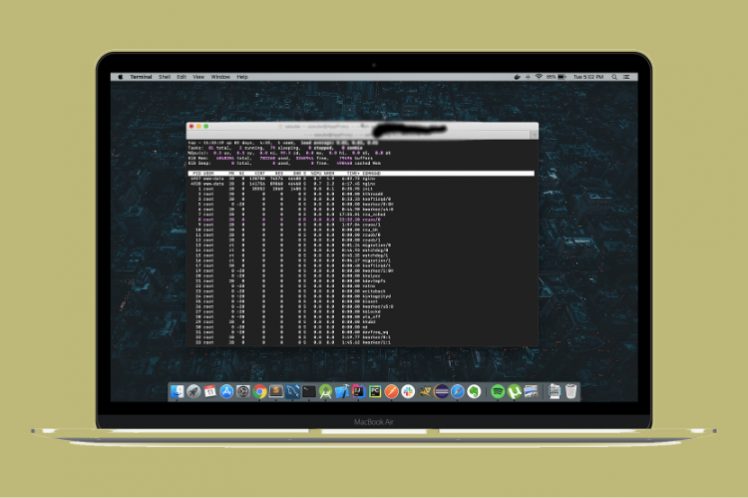

Tools like PuTTY also exist to help you log in and are usually required for Windows users to connect with SSH.Įither way, you’ll need some SSH login credentials. Or you may be able to use the built-in Terminal or Command Prompt to connect to your server. For example, your web host may provide a way to submit commands through their back end, such as with cPanel. There are a variety of ways to access your server’s command line. Getting at your server’s command line shouldn’t be too difficult unless you’re using minimal hosting. It takes mere seconds and answers your question instantly. The easiest way to obtain your MySQL version is with a simple code submitted through the command line.

Then follow the steps below to log in and put in the proper commands. Just find your credentials in Sites > Info in the SFTP/SSH section. With Kinsta, we set up everything for you to allow SSH access. You can also connect with the command line with SSH. The credentials you need to log in are right there. Just go to Sites > Info, and under the Database access section, click Open phpMyAdmin. You can find phpMyAdmin after logging into MyKinsta. There are several ways to do so, as detailed above, but the easiest two are using phpMyAdmin or connecting with the command line.

Check MySQL Version with MyKinstaĪccessing your database and checking your MySQL version with MyKinsta is very easy. There are several ways to check these are just a handful of the easiest ones. Chances are, you’re already using the latest version and don’t need to do anything at all. It’s crucial to keep MySQL up to date, but you need to know its version before upgrading.
#Putty for mac homebrew update
And as 5.6 is no longer supported and is susceptible to bugs and security risks, you should at least update to 5.7. While WordPress supports MySQL versions all the way back to 5.6, 8.0 works perfectly with it. As for major updates, it’s worth it unless crucial parts of your server are incompatible. Even minor updates are worth the trouble, though the new built-in auto-updater will likely handle those for you. It’s almost always best to keep up with the latest stable version of MySQL.
#Putty for mac homebrew upgrade
There are some upgrade considerations and backward incompatibilities you’ll need to know about, but for a majority of sites, they won’t cause issues. And for developers who can make use of the new functions, the benefits are more numerous than can be quickly listed. It’s faster and more secure - changes can be observed instantly upon activating it. But while MySQL 5.7 is still supported, making the switch to the latest version is definitely worth your time.


 0 kommentar(er)
0 kommentar(er)
